2016 Architects’ Directory honours the late, great Zaha Hadid
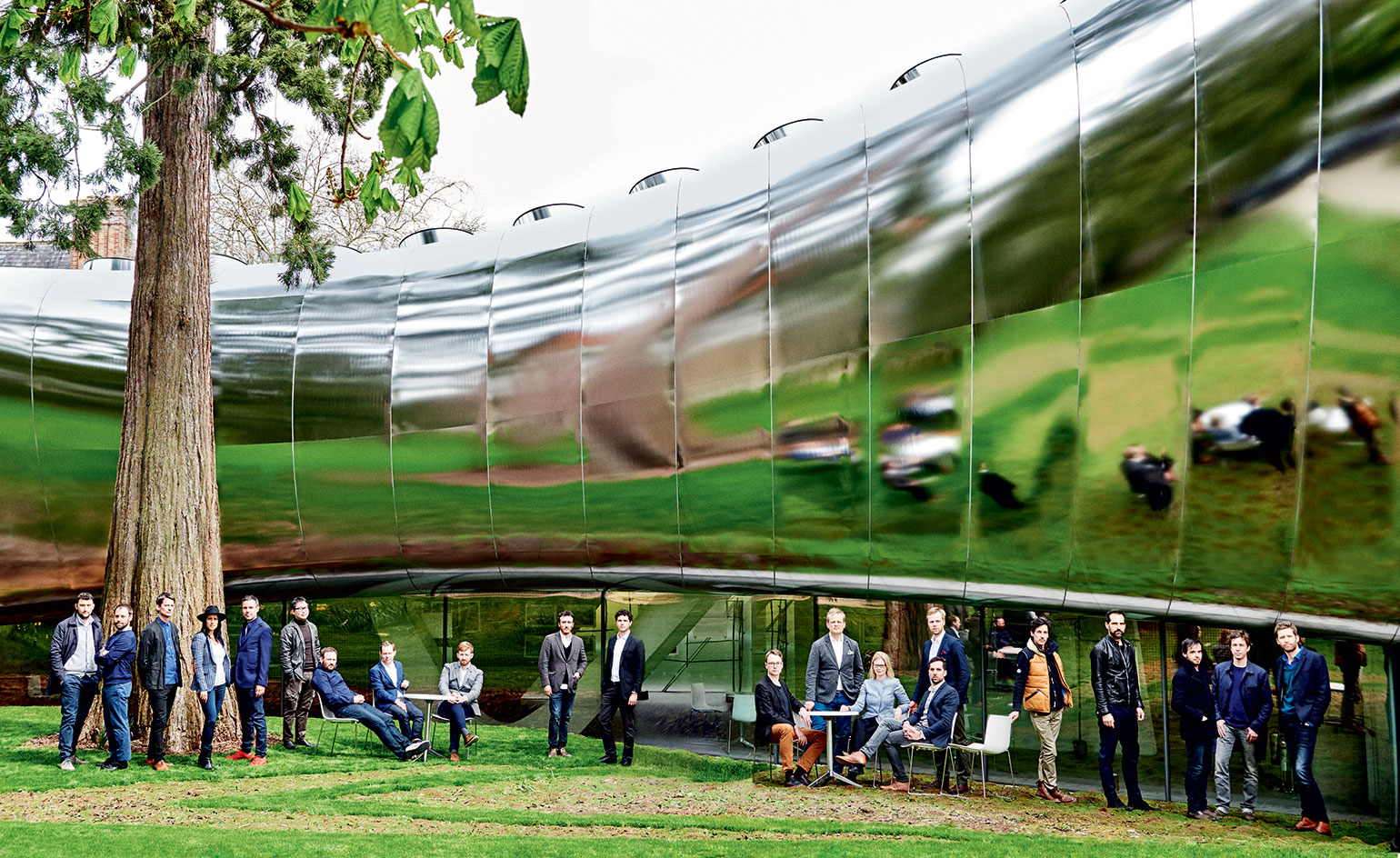
The curved steel exterior of the late Zaha Hadid's Investcorp Building at the Middle East Centre in Oxford, with our lineup of the rising stars of the architecture world. For full list of those photographed, scroll to the bottom of this page.
Our location for this year’s Architects’ Directory shoot of rising stars is a bittersweet choice, a reminder of the untimely loss of one of the greats of contemporary world architecture. In her lifetime, Dame Zaha Hadid built just a handful of permanent structures in her adopted home, the UK, including this sinuous university building. Opened in summer 2015, the Investcorp Building at the Middle East Centre in Oxford is a project that must have resonated on many levels for Hadid. Not only is the building woven into the heart of the British academic establishment, it was designed to celebrate the history of the modern Middle East, thus serving as an elegant metaphor for her own journey from Iraqi-born outsider and architectural provocatrice to design powerhouse.
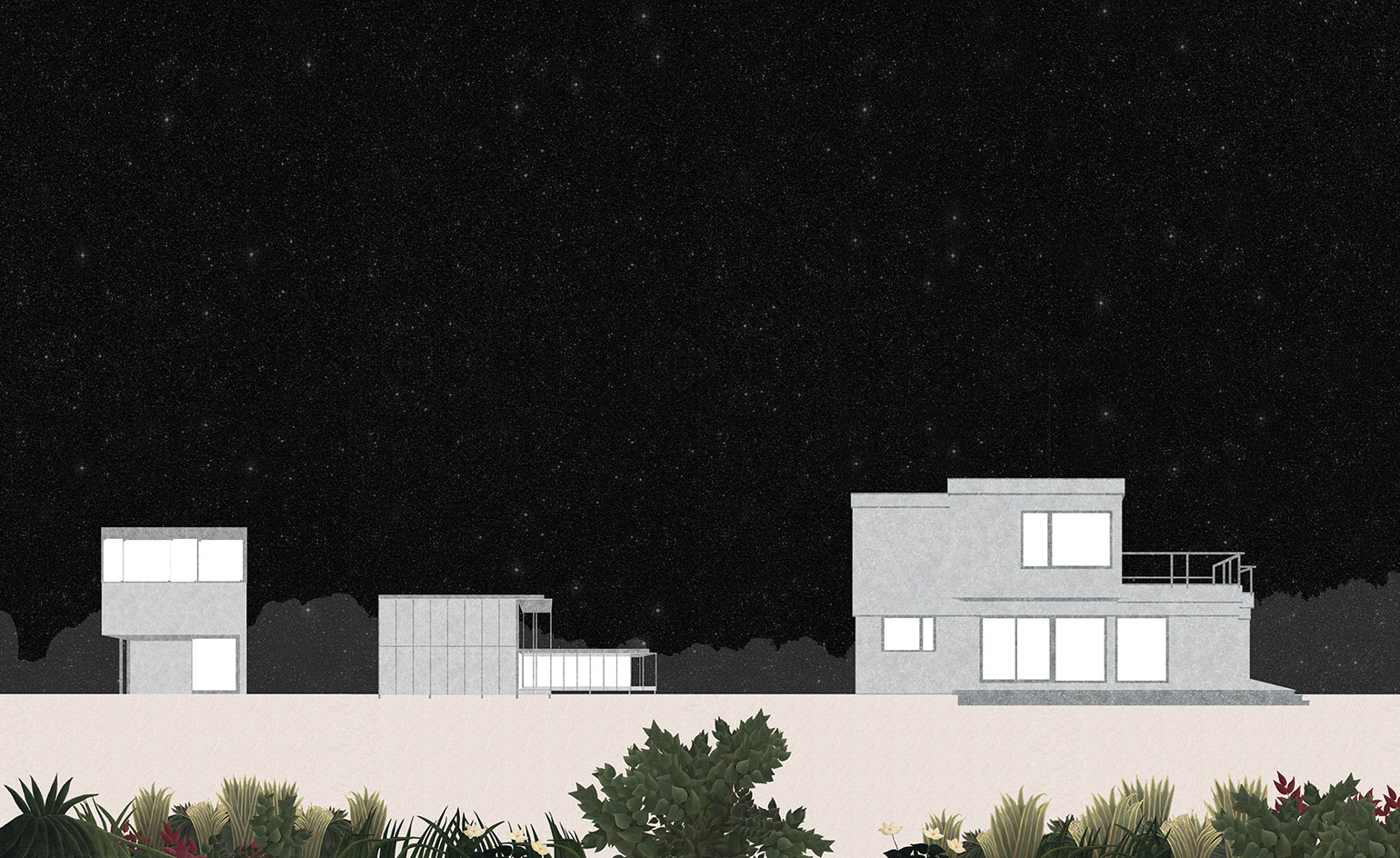
See the 2016 Architects' Directory in full here
In many respects, this shimmering curve of stainless steel offers a rarely seen side to her practice’s work, presenting itself as a piece in a contextual jigsaw, up tight against rough-edged concrete Brutalism, traditional brick and centuries-old trees and lawns. The building effectively doubles the size of the Middle East Centre, a global hub for research founded in 1957 at St Antony’s College, adding a library expansion and a lecture theatre in the basement. The ground floor is glazed, opening up views onto the trees of Woodstock Road; from the street the reflective facade presents itself as a bridge between the original college buildings and the rough walls of Howell, Killick, Partridge & Amis’ Grade II-listed Hilda Besse Building of 1970.
As a leader in a male-dominated industry, Hadid’s approach was all too often defined as confrontational. For her critics, her bold voice was a double-edged sword, one that was wielded with disproportionate frequency in comparison to her male peers. Over the years, she won many accolades, including the 2004 Pritzker Prize and the 2016 Royal Institute of Architects Royal Gold Medal. We were also proud collaborators. We introduced her to Karl Lagerfeld for an October 2006 portfolio story and she went on to guest-edit Wallpaper* in 2008, creating a cut-out sculpture that formed ‘a big hole in the magazine’. We like to feel there was a mutual broadening of our respective horizons.
Of course, Zaha Hadid Architects lives on. At the time of her death in March, the 400-strong office was working on 36 projects in 21 countries. The Salerno Maritime Terminal in Italy was inaugurated in April, while projects in Antwerp, Riyadh and London’s Science Museum are scheduled to open this year. The practice will no doubt retain its esteem under Patrik Schumacher, but 2016 will always be remembered as the year modern architecture lost one of its leading lights.
As originally featured in the July 2016 Issue of Wallpaper* (W*208)
Pictured above from far left: Francesco Enea Castellanza and Pietro Ferrario of Oasi Architects, Italy; Dominic McKenzie of Dominic McKenzie Architects, UK; Monica Adair and Stephen Kopp of Acre Architects, Canada; Chanjoong Kim of The System Lab, South Korea; Stephen Davies, William Burges and James Jeffries 31/44 Architects, UK; Abraham Cota Paredes of Abraham Cota Paredes Architecture, Mexico; Tomek Archer of Archer Office, Australia; Mikko Jakonen, Sampsa Palva, Emma Johansson, Willem van Bolderen and Heikki Riitahuhta of Studio Puisto Architecture, Finland; Mikko Jakonen, Sampsa Palva, Emma Johansson, Willem van Bolderen and Heikki Riitahuhta of Studio Puisto Architecture, Finland; Antonin Ziegler of Antonin Ziegler, France; Sotiris Tsergas of Block 722, Greece; Frederick Verschueren, Philippe De Berlangeer and Floris De Bruyn of GAFPA, Belgium
INFORMATION
Illustration: Bernard Dubois
Wallpaper* Newsletter
Receive our daily digest of inspiration, escapism and design stories from around the world direct to your inbox.
Jonathan Bell has written for Wallpaper* magazine since 1999, covering everything from architecture and transport design to books, tech and graphic design. He is now the magazine’s Transport and Technology Editor. Jonathan has written and edited 15 books, including Concept Car Design, 21st Century House, and The New Modern House. He is also the host of Wallpaper’s first podcast.
-
 Japan in Milan! See the highlights of Japanese design at Milan Design Week 2025
Japan in Milan! See the highlights of Japanese design at Milan Design Week 2025At Milan Design Week 2025 Japanese craftsmanship was a front runner with an array of projects in the spotlight. Here are some of our highlights
By Danielle Demetriou
-
 Tour the best contemporary tea houses around the world
Tour the best contemporary tea houses around the worldCelebrate the world’s most unique tea houses, from Melbourne to Stockholm, with a new book by Wallpaper’s Léa Teuscher
By Léa Teuscher
-
 ‘Humour is foundational’: artist Ella Kruglyanskaya on painting as a ‘highly questionable’ pursuit
‘Humour is foundational’: artist Ella Kruglyanskaya on painting as a ‘highly questionable’ pursuitElla Kruglyanskaya’s exhibition, ‘Shadows’ at Thomas Dane Gallery, is the first in a series of three this year, with openings in Basel and New York to follow
By Hannah Silver
-
 The upcoming Zaha Hadid Architects projects set to transform the horizon
The upcoming Zaha Hadid Architects projects set to transform the horizonA peek at Zaha Hadid Architects’ future projects, which will comprise some of the most innovative and intriguing structures in the world
By Anna Solomon
-
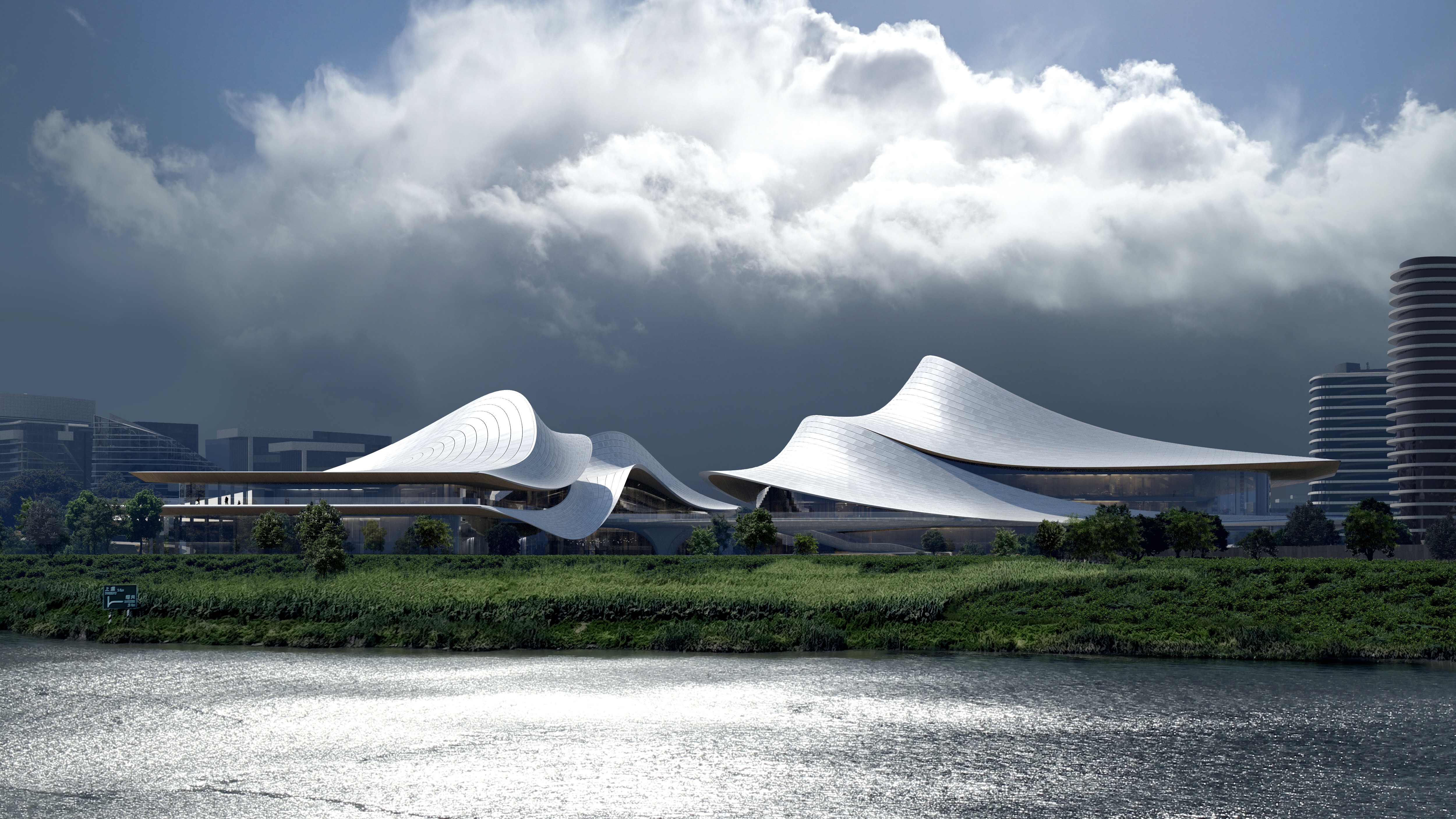 Zaha Hadid Architects reveals plans for a futuristic project in Shaoxing, China
Zaha Hadid Architects reveals plans for a futuristic project in Shaoxing, ChinaThe cultural and arts centre looks breathtakingly modern, but takes cues from the ancient history of Shaoxing
By Anna Solomon
-
 Zaha Hadid Architects’ new project will be Miami’s priciest condo
Zaha Hadid Architects’ new project will be Miami’s priciest condoConstruction has commenced at The Delmore, an oceanfront condominium from the firm founded by the late Zaha Hadid, ZHA
By Anna Solomon
-
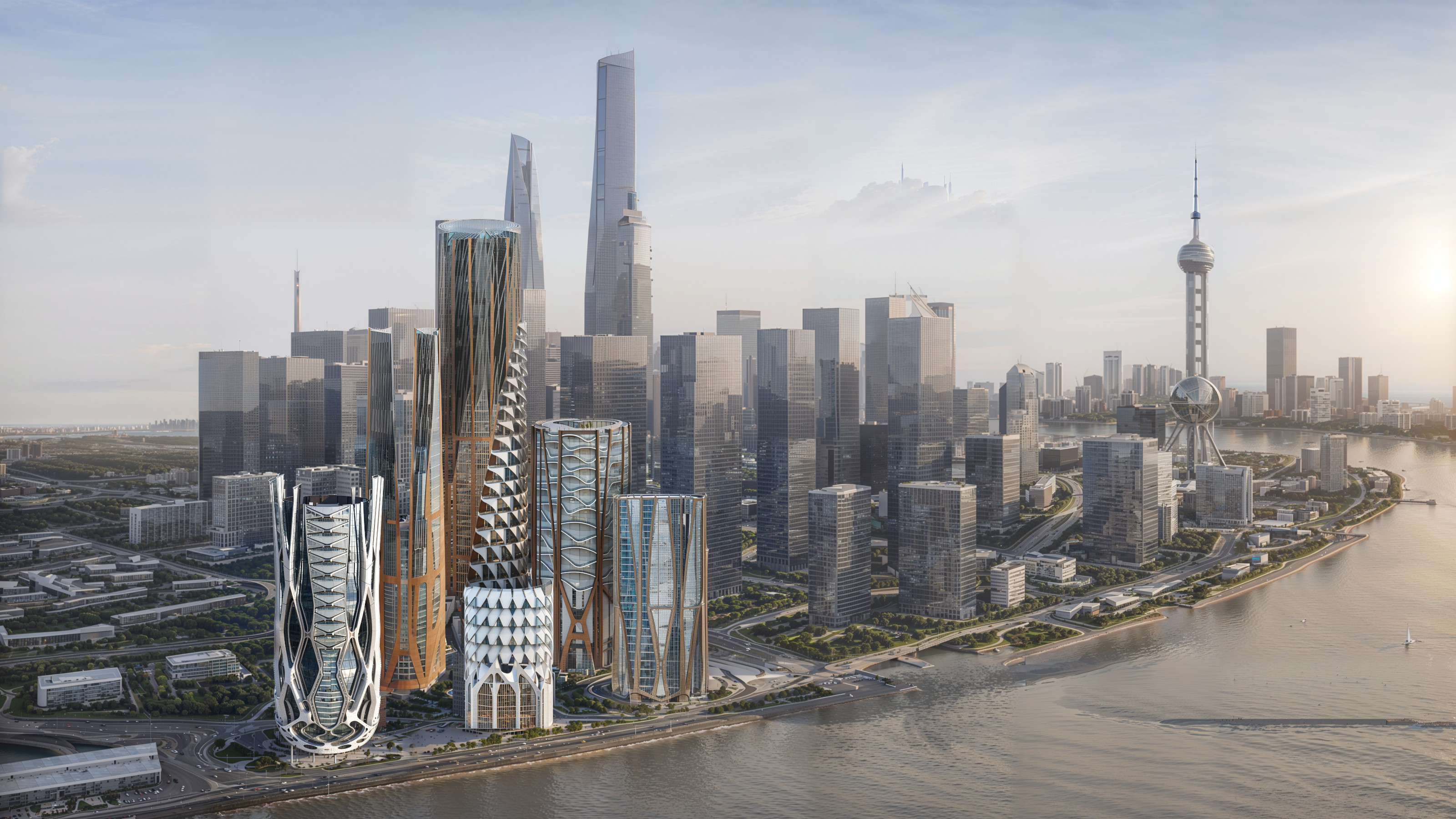 AI in architecture: Zaha Hadid Architects on its pioneering use and collaborating with NVIDIA
AI in architecture: Zaha Hadid Architects on its pioneering use and collaborating with NVIDIAWe talk to ZHA about AI in architecture, its computational design advances, and its collaboration with NVIDIA on design, data and the future of AI and creativity
By Jonathan Bell
-
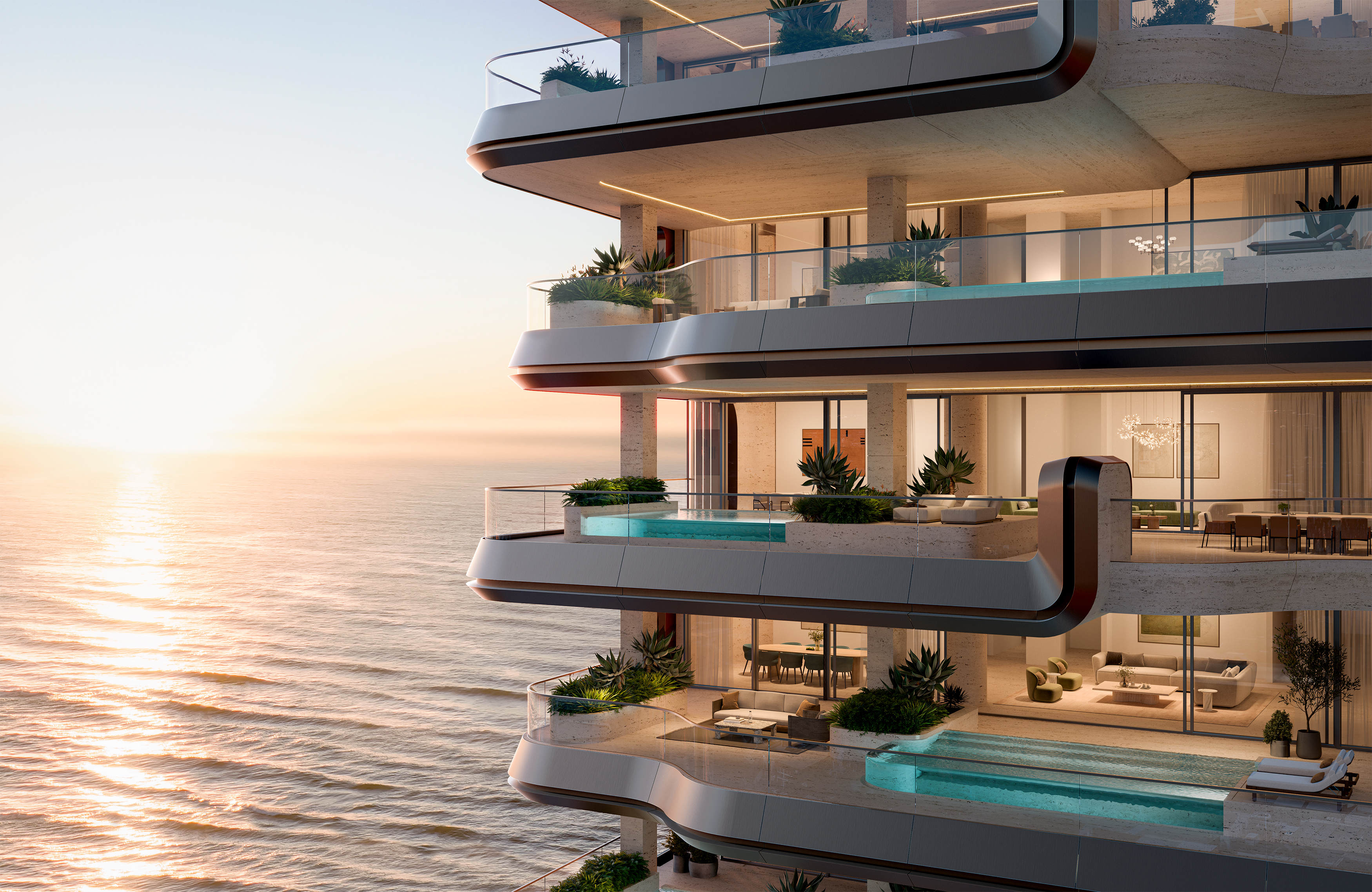 Omniyat launches The Alba, new Zaha Hadid Architects-designed residences in Dubai
Omniyat launches The Alba, new Zaha Hadid Architects-designed residences in DubaiDeveloper Omniyat announces The Alba, ultra-luxury residences managed by Dorchester Collection and designed by Zaha Hadid Architects to blend ‘nature and cutting-edge design’
By Simon Mills
-
 Load into this reimagined Fortnite cityscape, courtesy of Zaha Hadid Architects
Load into this reimagined Fortnite cityscape, courtesy of Zaha Hadid ArchitectsA collaboration between Epic Games and ZHA, Re:Imagine London brings the architects’ modular forms into one of the world’s most popular multiplayer games
By Jonathan Bell
-
 The Henderson by ZHA in Hong Kong makes everyone sit up and pay attention
The Henderson by ZHA in Hong Kong makes everyone sit up and pay attentionThe Henderson, ZHA's new high-rise in Hong Kong, stands out in its coveted address through its unusual, fluted façade of glass columns
By Daven Wu
-
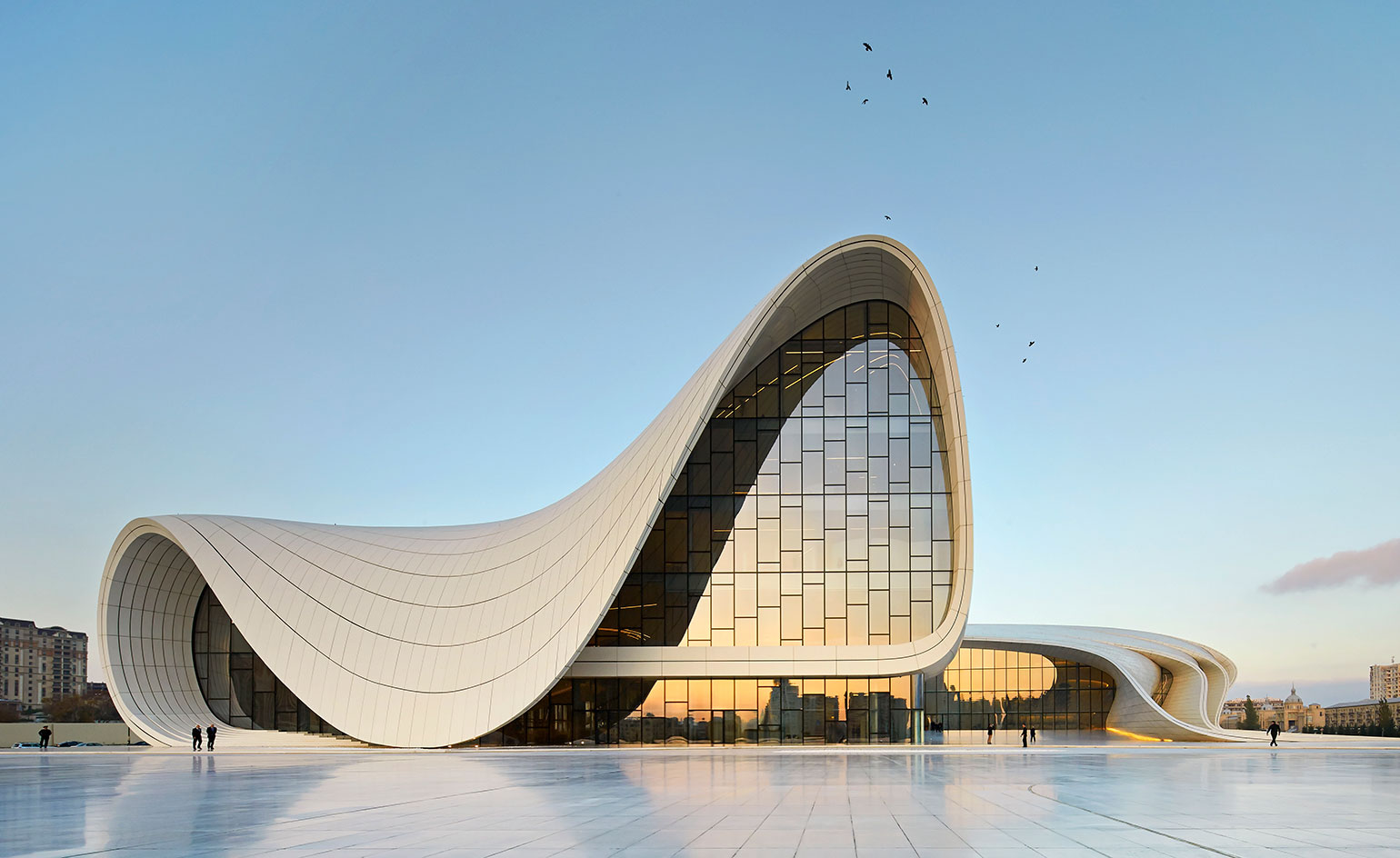 A guide to Zaha Hadid: from architecture to making 'a big hole' in Wallpaper*
A guide to Zaha Hadid: from architecture to making 'a big hole' in Wallpaper*Dame Zaha Hadid was a global, Pritzker Prize-winning architect and a force of nature; in this ultimate guide to her work, we celebrate her life, career and legacy
By Ellie Stathaki